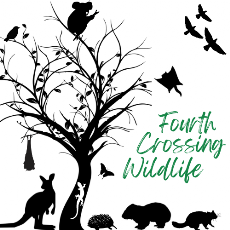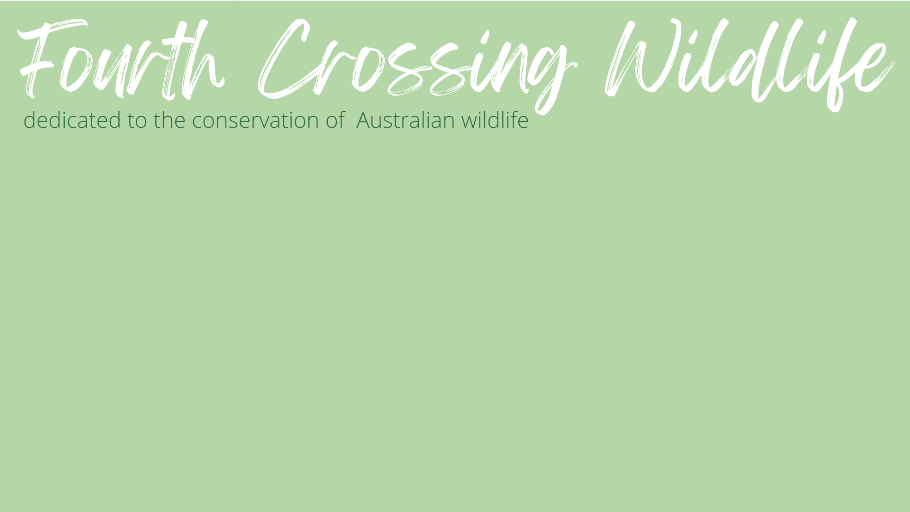Stories
Buddha Wombat - a very complicated case
by Linda Dennis
 Buddha - looking healthy... but is really very sick  Buddha ate lots of grass but refused to drink milk  Buddha even liked his play time  Buddha and his buddy Chilli  Snug as a wombat in a rug  Hanging about...  Me and my beautiful Buddha  My boys, cuddle time.  Buddha is now eating the green, green grass at Rainbow Bridge | 8th November I received Buddha the Bare-nosed Wombat into care after he had been in care for approximately two weeks with another carer. The carer noted that it was incredibly difficult to feed Buddha and didn't think that he had gotten enough milk into him during the period he was in care. On presentation Buddha weighed 1.46kg. He was a bit boney. His abdomen was very, very hard and he was sucking his penis most of the time. Tried to offer a dummy and cover up cloaca, both with no success. 9th November Buddha weighed 1.56kg (different set of scales). Poo very hard, like little pebbles. Buddha will not drink from a bottle. Feeding him with a syringe, small quantities at a time as he becomes quite distressed when given too much. Only 10mls to 20mls per feed. Feeding every hour or so. Buddha - looking healthy but is really very sick. 10th November I noticed that Buddha was having difficulty urinating. A lot of straining with very little output. He was grinding his teeth a lot, indicating pain. 11th November Buddha weighed 1.57kg. Started on Bactrim antibiotic for five days. Vet was reluctant to give Baytril as he believed that it can damage growth plates in young animals. Also gave one Vitamin C tablet in water to help dissolve any crystals if there were any. We could not collect enough urine for analysis. Given Pain Stop daily for pain relief. 12th November Started offering Buddha small amounts of Cystitis Relief to help stop urine burning. 15th November Buddha seemed to be constipated so gave a 9ml enema of water and oil. Pass some softer poo later that day. Buddha weighed 1.55kg (weight loss). 16th November Started to flush Buddha with as much fluid as possible to help dislodge any blockage or crystals. Given a total of 123mls, including milk. After five days of Bactrim there was no improvement so with the vets advice we moved to Baytril (Tim Portas from Australia Zoo advised that it was fine to use in marsupial joeys and was actually quite successful). Baytril injectable given for the next 6 days. 17th November Buddha weighed 1.59kg. Thought to be water retention and not healthy weight gain. Offered a total amount of 133mls in fluids including milk. 18th November Buddha's poo is now quite soft and smells a bit peculiar. Not like thrush though. Poo dark green and thick. Although Buddha was reluctant to drink fluids he was keen on eating grass, I believe that the poo change was in relation to the amount of grass he was now eating. Offered a total amount of 135mls in fluids including milk. 19th November Buddha weighed 1.61kg. Offered a total amount of 157mls in fluids including milk. Was advised by another vet that Pain Stop might actually be making the cystitis worse. Changed to daily Metacam (cat), twice a day. Was told that this might also reduce inflammation in urethra. 20th November Buddha given 10mls of sub-cut fluids. Visited the vet again to advise that there was no improvement. Buddha given valium to help relax the muscles in the hope that he will pass urine. Didn't work, only made him anxious and bitey for some time. When that wore off he slept soundly for a couple of hours. During his whole time in care with us Buddha only slept for a couple of hours at a time at the most. Mostly shorter periods. He wanted to be held at all times and only settled when being held. If put in his pouch in the wombat crate, he would wake up, get out of the pouch and scratch at the box. As this was too distressing for him we carried him most of the time. Offered a total amount of 115mls of fluids including milk. This is all we could get into him. We were being advised to get in as much fluids as possible but at about this time we wondered if it was actually beneficial. Fluids going in but not coming out - could this lead to damage of the bladder? Benn Bryant of Western Plains Zoo advised to get an xray ASAP. Asked the local vet but was advised that it couldn't be done as they were too busy and to ring back on Monday to see when he could be booked in. Rang another local vet and was told to call back on Tuesday. Rang the Koala Hospital and spoke with Cheyne Flanagan. Organised to go to the hospital on the following Tuesday (that was the next day their vet would be available) for a complete host of tests including xrays, ultrasounds, blood and urine. 21st November Found another vet who was willing to take an xray. I was advised that if the bladder was swollen or extended it would be seen in an xray. Was advised that the bladder was not swollen or extended. Buddha given 5mls of sub-cuts. 22nd November Buddha weighed 1.67kg. 23rd November Rang vet to ask for a sedative for Buddha as he wasn't sleeping soundly. We were going to the Koala Hospital on the following day and wanted Buddha to sleep the night. As he was distressed without our security we had him in his pouch in bed with us and he was keeping us awake most of the night. We wanted Buddha to sleep so we would be refreshed to drive to Port Macquarie from Armidale. Was told that there was no therapeutic benefit so sedation was not approved. Another vet was in the clinic and looked at Buddha and advised that he probably had a blockage and needed urgent treatment. They wanted to keep him overnight to do some kind of procedure that would cost us $500. I told them that I was going to the Koala Hospital the following day for a host of tests and treatment for free so they decided to try to catheterise him and drain the urine from his bladder. I left Buddha with them for a couple of hours while they did the procedure. When I received him back they told me that they were unable to catheterise him although they had tried several times. They thought they saw crystals on the catheter so flushed Buddha with Walpoles solution. 20mls of sub-cuts were given. They performed Cystocentesis and removed 63mls of urine. I was told that when they removed the needle there was so much pressure that some urine went under the skin when the needle was removed. I was distressed to learn that the two procedures were done without any anaesthetic. I was told to give 5mls sub-cuts every hour if there was no urine output and 10mls of sub-cuts every hour if there was urine output. I brought Buddha home and noticed that his abdomen was even more swollen. He started showing signs of extreme pain - hissing and writhing. Urine was seeping out of the hole in his belly. He started gaping for air. Buddha died painfully, in my husbands arms, within the hour of bringing him home from the vets. Necropsy Results Thehistory and findings post- mortem are most suggestive of a long-term bladder dysfunction, resulting in limited ability to void urine and distension of the bladder. Histology and history indicate that the urethra is anatomically patent, ruling out a stricture. No evidence of crystals was found histologically or grossly. It is not surprising that catheterization was challenging - the lumen of the urethra in an animal of this size is very small. There is no evidence of a bacterial cystitis and changes in the bladder are more indicative of inflammation due to trauma / distension. In the absence of a visible primary cause, a neurological deficit must be considered likely. In the absence of proper neurological control, urine accumulates in the bladder and distends it. This can lead to diffusion of toxins through the bladder wall and, in some instances renal compromise, though there was no histological evidence of kidney injury here. The presence of protozoal cysts in the lung is interesting. These can occur without affect in many cases and their impact on the lung lesion in this case is a bit doubtful. They might, however, offer a possible cause for neurological dysfunction as they can sometimes lodge in brain or spinal tissue. There was some very minor evidence of inflammation in the brain but no evidence of cysts in the single brain section examined. Toxoplasmosis can occasionally be acutely fatal, especially in marsupials, which have not evolved with this sheep / rodent / cat-spread protozoa. In addition to being a potential cause of bladder dysfunction, this is also a possible cause of death, or contributor to death in combination with aspects described below, but investigating this will require some more searching through these tissues. In a young animal such as this, a developmental defect also cannot be ruled out as a cause of neurological bladder dysfunction. Leakage of urine from a cystocentesis site is rare and in this case is probably due to the fatigued state of the bladder as a result of chronic distension (the bladder would normally contract around the needle hole, closing it off). It is normal procedure to do cystocentesis without sedation or anaesthesia unless the animal is struggling, and cystocentesis would have been a valid course of action in this case - with such a massively distended bladder it is important to both remove the wastes and to remove the pressure on the bladder to allow it to regain its ability to contract and function. (Note: Western Plains Zoo vets later advised me that anaesthesia should be given to wildlife for this type of procedure). Leakage of urine into the abdomen is rarely acutely fatal as in this case, though irritation can result in abdominal discomfort. Death from bladder rupture is primarily due to reabsorbtion of toxins from the urine, which normally takes some time to reach toxic levels. It appears possible that death resulted in this case because the animal already had high levels of toxins in its blood from its chronic urinary tract dysfunction but this cannot be confirmed without serum biochemistry taken close to the time of death. |


